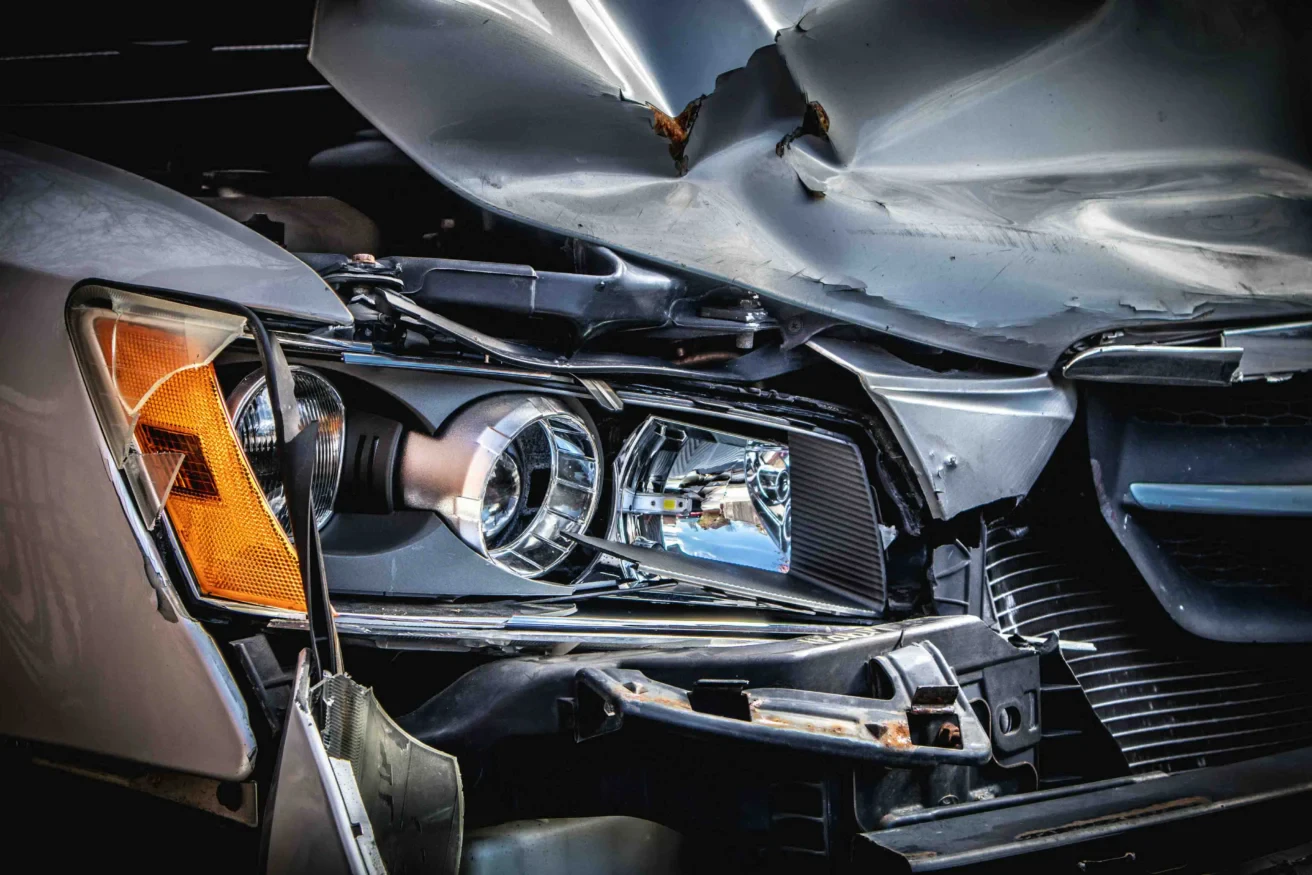What to do if Your Uber or Lyft Crashes: Know Your Rights

With the growing reliance of the convenience rideshare services like Uber and Lyft, accidents involving these vehicles are becoming more common. According to the study by researchers at the University of Illinois Chicago, “one-third of ride-share drivers surveyed in [their] study reported being involved in a crash while working.” As can happen in any car accident, if you’re a passenger in an Uber or Lyft that gets in a crash, you can sustain injuries that can cause pain, suffering, and ongoing medical issues. If you’re a passenger in a rideshare that’s been involved in a car accident or you were hit by a rideshare driver, the situation is often complicated by multiple insurance companies and several parties who could be at fault, which can cause undue stress that you don’t need.
If you’ve been a passenger in a rideshare accident, knowing your rights is important. In this post, find out what to do after the accident, what your rights are, and how a rideshare accident attorney will help you understand your claim, and the compensation you deserve.
Steps to Take as a Passenger in an Uber or Lyft Crash
It’s normal to feel shaken and overwhelmed if you’re in a car accident, but it’s important to stay as calm as possible, and follow these steps.
1. Prioritize Safety
Your first priority is your health and safety, and checking yourself for injuries. If you’re able to, check on others involved in the crash. If it’s possible and safe, move away from the vehicle and out of the way of traffic to make sure you’re safe.
2. Call 911
Even if the accident seems minor, calling 911 and getting a police report will be an important part of evidence for any legal action and insurance claims. Be sure to request paramedics as well so you can receive a medical evaluation, even if you feel fine at the moment. Some serious injuries do not present themselves immediately, and can happen hours or days later. The adrenaline rush that happens after an accident can also mask any pain.
3. Collect Evidence of the Accident
If possible, collect as much information, video, and photo evidence as you can.
- Take photos of all vehicles involved.
- Road conditions (i.e. skid marks or hazard signs)
- Weather conditions
- Any visible injuries.
- Download ride receipts
4. Exchange Contact Information
Get contact and insurance information (policy and ID numbers) from your rideshare driver, as well as contact information from any witnesses. You can also find vehicle information like the make, model, and license plate number, as well as their photo of your driver in the Uber or Lyft app. It’s a good idea to take screenshots of this information as well as your trip to make sure you have this information for your records. The police report will be the source of truth for the claim, so make sure you give a thorough and accurate account of what happened.
5. Seek Medical Attention
Even if you were evaluated by an EMT at the scene, you still should see a doctor as soon as possible. A medical examination will find any injuries you might not notice right away, as well as give you documentation to use for a future case.
6. Report the Accident to Uber or Lyft
Both Uber and Lyft require drivers and passengers to report accidents through their apps to initiate the internal investigation, and to start the insurance process. Learn how to file an accident report through Uber here and Lyft here.
Who is Liable for Your Injuries in a Rideshare Accident?
The Rideshare Driver
If the car accident was caused by the Uber or Lyft driver’s negligence, the driver could be held liable. Whether their personal insurance or Uber or Lyft’s insurance covers the accident depends on if the driver was on the app at the time.
- If the driver was not on the app or merely logged into the app at the time, only their personal insurance applies.
- If they were on the app and waiting on a ride, Uber and Lyft will provide limited liability coverage if the driver’s personal policy won’t pay.
- If the accident happens when a driver is on their way to pick up a passenger or during a ride, Uber and Lyft’s both have a liability policy that can apply.
The Other Vehicle
If another driver crashed into your rideshare, their auto insurance would typically be responsible for covering your injuries. If a driver of the vehicle that caused the accident is uninsured or underinsured, Uber and Lyft provide Uninsured/Underinsured Motorist (UM/UIM) coverage when you’re a passenger.
Uber or Lyft
Uber and Lyft classify drivers as independent contractors not employees, in an effort to limit the companies’ direct liability. Their insurance policies cover passengers and third parties when drivers are on the job.
Multiple Parties
In some cases and depending on the state, accident liability may be shared if more than one party is found to have contributed to the crash, which is determined under comparative fault. If you’re in Ohio or Illinois, learn how comparative fault can impact your settlement.
What You May Be Entitled to After a Rideshare Accident
If you’ve been injured in a rideshare accident, you may be entitled to compensated for:
- Medical expenses (i.e. hospital stays, prescriptions, and ongoing treatments).
- Reimbursement for lost wages if your earning capacity is diminished due to injuries that could affect your ability to work.
- Pain and emotional distress caused by the accident.
- Property damage if personal belongings were damaged.
Schedule a Free Consultation With a Rideshare Accident Attorney
If you’ve been injured in a rideshare accident, contact Postman Law today for a free consultation by calling us at 844-POSTMAN or fill out our online form. Our attorneys are here to help you understand your claim, protect your rights, and fight to get you the compensation you deserve.


